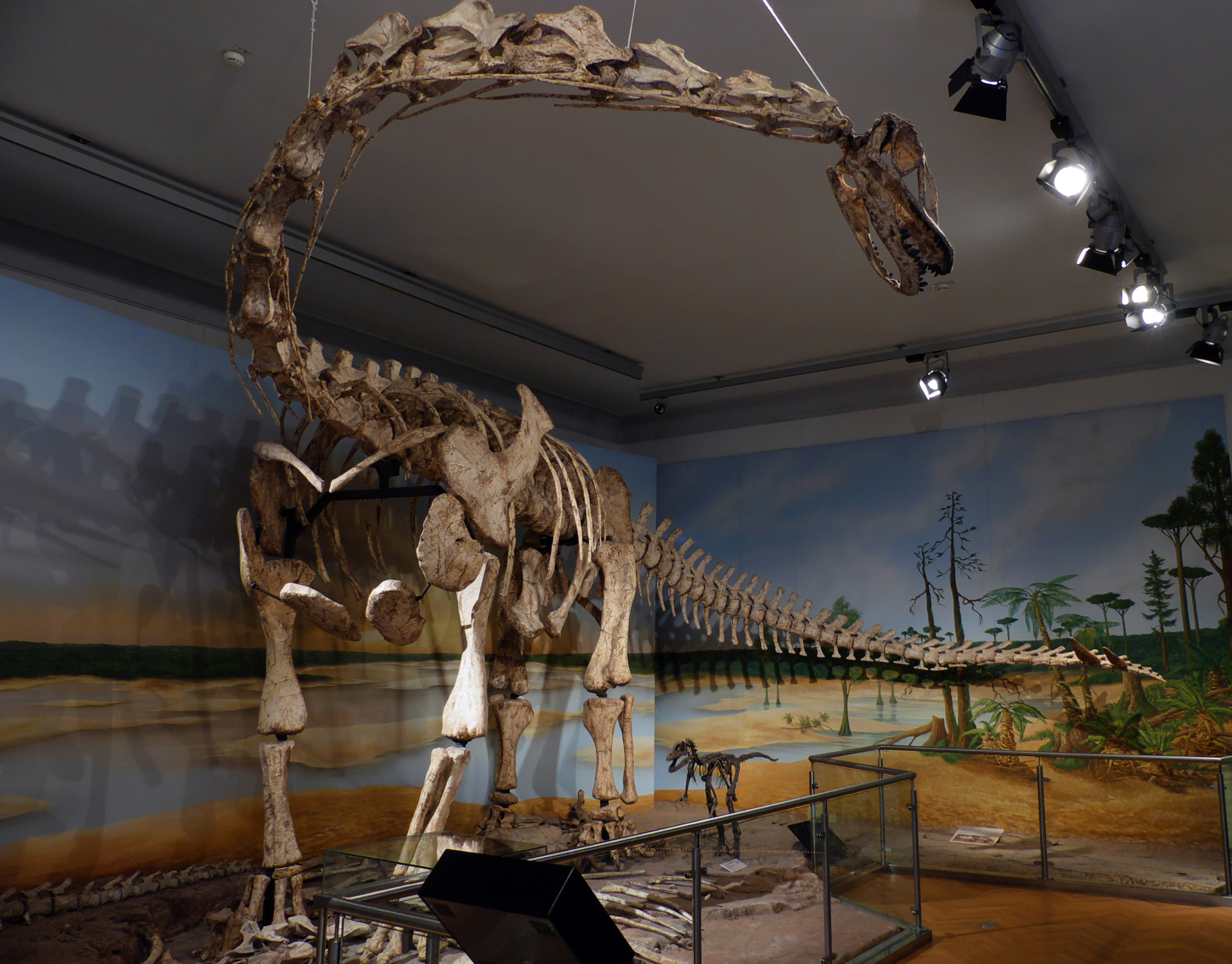State Natural History Museum, Braunschweig on:
[Wikipedia]
[Google]
[Amazon]
The State Natural History Museum () in 
Official site
{{LowerSaxony-struct-stub Museums in Braunschweig Brunswick Organisations based in Braunschweig 1754 establishments in the Holy Roman Empire
Braunschweig
Braunschweig () or Brunswick ( ; from Low German , local dialect: ) is a List of cities and towns in Germany, city in Lower Saxony, Germany, north of the Harz Mountains at the farthest navigable point of the river Oker, which connects it to the ...
, Germany
Germany, officially the Federal Republic of Germany, is a country in Central Europe. It lies between the Baltic Sea and the North Sea to the north and the Alps to the south. Its sixteen States of Germany, constituent states have a total popu ...
, is a zoology
Zoology ( , ) is the scientific study of animals. Its studies include the anatomy, structure, embryology, Biological classification, classification, Ethology, habits, and distribution of all animals, both living and extinction, extinct, and ...
museum. It was founded in 1754.

Collections
The scientific collections include 3,000mammal
A mammal () is a vertebrate animal of the Class (biology), class Mammalia (). Mammals are characterised by the presence of milk-producing mammary glands for feeding their young, a broad neocortex region of the brain, fur or hair, and three ...
specimens, 50,000 bird
Birds are a group of warm-blooded vertebrates constituting the class (biology), class Aves (), characterised by feathers, toothless beaked jaws, the Oviparity, laying of Eggshell, hard-shelled eggs, a high Metabolism, metabolic rate, a fou ...
specimens, 10,300 bird egg
Bird eggs are laid by the females and range in quantity from one (as in condors) to up to seventeen (the grey partridge). Avian clutch size, Clutch size may vary latitudinally within a species. Some birds lay eggs even when the eggs have not been ...
s, 4,000 skull
The skull, or cranium, is typically a bony enclosure around the brain of a vertebrate. In some fish, and amphibians, the skull is of cartilage. The skull is at the head end of the vertebrate.
In the human, the skull comprises two prominent ...
s and skeleton
A skeleton is the structural frame that supports the body of most animals. There are several types of skeletons, including the exoskeleton, which is a rigid outer shell that holds up an organism's shape; the endoskeleton, a rigid internal fra ...
s, and 1,000 fish
A fish (: fish or fishes) is an aquatic animal, aquatic, Anamniotes, anamniotic, gill-bearing vertebrate animal with swimming fish fin, fins and craniate, a hard skull, but lacking limb (anatomy), limbs with digit (anatomy), digits. Fish can ...
, amphibian
Amphibians are ectothermic, anamniote, anamniotic, tetrapod, four-limbed vertebrate animals that constitute the class (biology), class Amphibia. In its broadest sense, it is a paraphyletic group encompassing all Tetrapod, tetrapods, but excl ...
, and reptile
Reptiles, as commonly defined, are a group of tetrapods with an ectothermic metabolism and Amniotic egg, amniotic development. Living traditional reptiles comprise four Order (biology), orders: Testudines, Crocodilia, Squamata, and Rhynchocepha ...
specimens. Insects are represented by 80,000 Lepidoptera
Lepidoptera ( ) or lepidopterans is an order (biology), order of winged insects which includes butterflies and moths. About 180,000 species of the Lepidoptera have been described, representing 10% of the total described species of living organ ...
and 85,000 Coleoptera
Beetles are insects that form the Taxonomic rank, order Coleoptera (), in the superorder Holometabola. Their front pair of wings are hardened into wing-cases, elytra, distinguishing them from most other insects. The Coleoptera, with about 40 ...
, and it has 100,000 mollusca
Mollusca is a phylum of protostome, protostomic invertebrate animals, whose members are known as molluscs or mollusks (). Around 76,000 extant taxon, extant species of molluscs are recognized, making it the second-largest animal phylum ...
and 5,000 other fossil
A fossil (from Classical Latin , ) is any preserved remains, impression, or trace of any once-living thing from a past geological age. Examples include bones, shells, exoskeletons, stone imprints of animals or microbes, objects preserve ...
s. The public displays include an aquarium
An aquarium (: aquariums or aquaria) is a vivarium of any size having at least one transparent side in which aquatic plants or animals are kept and displayed. fishkeeping, Fishkeepers use aquaria to keep fish, invertebrates, amphibians, aquati ...
, diorama
A diorama is a replica of a scene, typically a three-dimensional model either full-sized or miniature. Sometimes dioramas are enclosed in a glass showcase at a museum. Dioramas are often built by hobbyists as part of related hobbies like mili ...
s, and exhibitions of birds, mammals, insects, fossils, and meteorites.
See also
*List of museums in Germany
This is a list of museums and galleries in Germany.
Baden-Württemberg
Bavaria Augsburg
* Augsburg Puppet Theater museum
* Augsburg Railway Park
* Fuggerei museum
* German Ice Hockey Hall of Fame
Bayreuth
* Kunstmuseum Bayreuth
Eichstätt ...
*List of natural history museums
This is a list of natural history museums whose exhibits focus on the subject of natural history, including such topics as animals, plants, ecosystems, geology, paleontology, and climatology.
Some museums feature natural-history collections in a ...
External links
Official site
{{LowerSaxony-struct-stub Museums in Braunschweig Brunswick Organisations based in Braunschweig 1754 establishments in the Holy Roman Empire